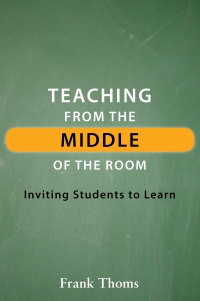Schools yesterday & today
Reminders of possible trouble back then were fire drills and the occasional bomb scare. I do not remember a moment I did not feel safe.
Few children and parents challenged us. No one called me or my colleagues other than Mr. or Mrs., but students gave some of us nicknames; I was ‘MT’ for some. Our issues included dress codes, truancy, food fights, pranks, rumors, bus misbehavior, nothing life threatening.
Today, teachers face challenges I’ve never known. The legacy of the pandemic’s Zoom classes, hybrid classes, mixed messages from authorities, and closings of schools. A time of high anxiety. Gender issues have surfaced. Children falling behind. Social isolation affecting loss of interpersonal skills. Students arguing and fighting with teachers and among themselves. Mental health issues with few counselors available. And the suicides.
And the politics. Politicians claiming expertise. Parents threatening. Arguments for expunging what some dub as critical race theory. Decisive concept laws interfere with open conversations. Threats to expel those who discuss gender issues. Banning of books. Parents wanting cameras in classrooms. Advocates for arming teachers. Confrontations in school and in teachers’ homes. And in one state, allowing chaplains to replace school counselors.
And social media, the big turn-of-events beginning around 2010. Whether or not phones are in classrooms, social media is ever-present in the lives of pre-teen and teen students. It drives their lives on phones alone up to seven hours a day, and affects them even when they are not on. Phones have become their center affecting their ability to converse with one another, to look at one another and their teacher in the eye. Recognizing these challenges, some district have banned phones in schools.
And through all this, teachers are expected to teach. Those who do teach, you are the heroes.

